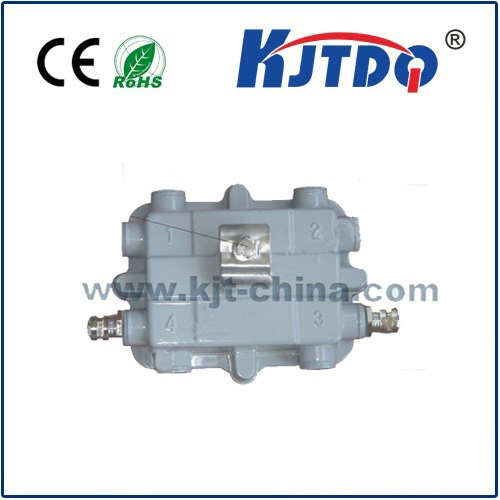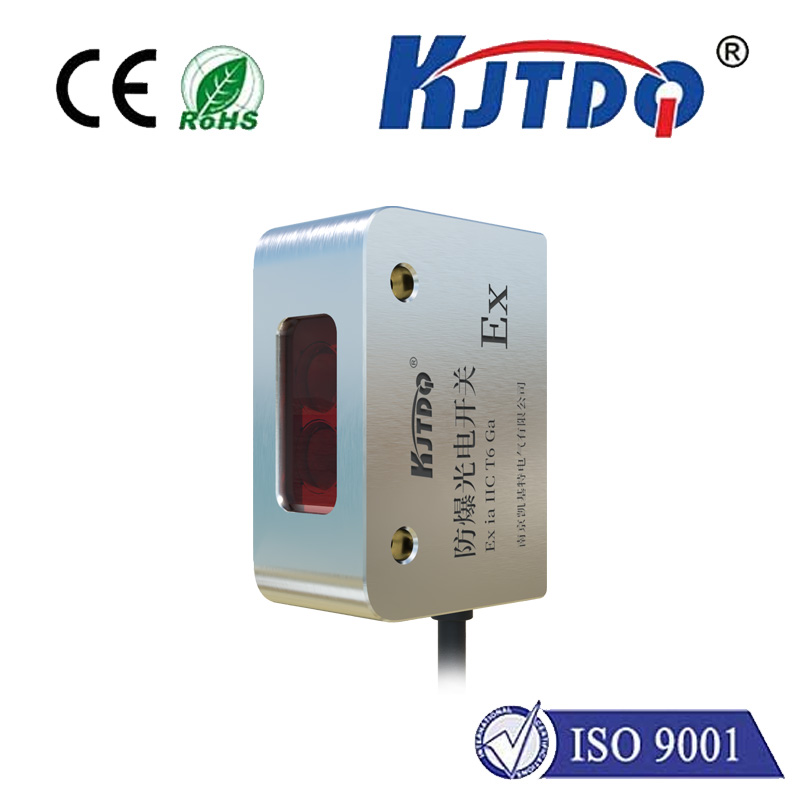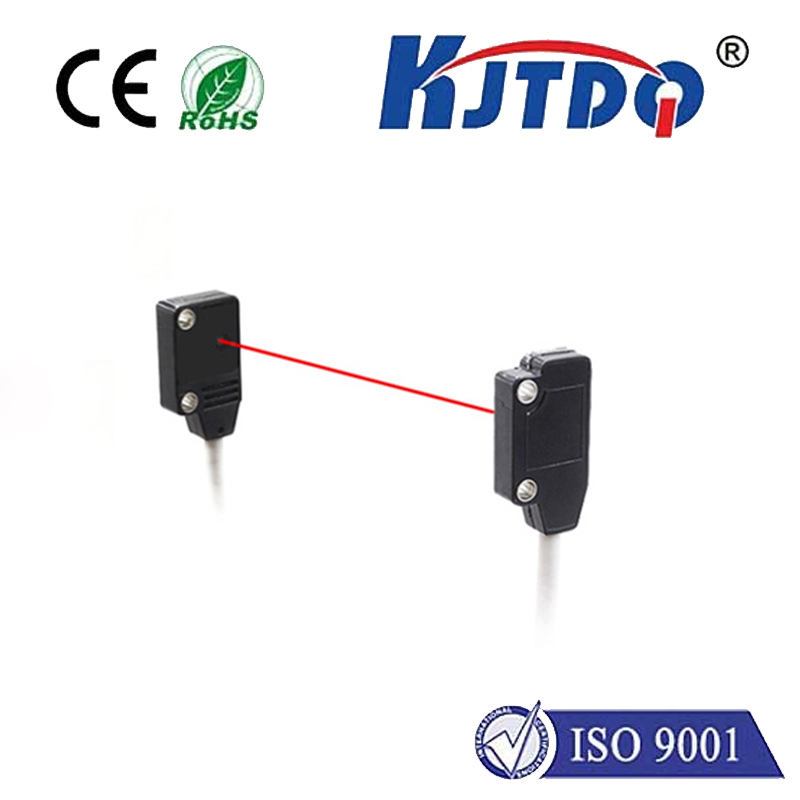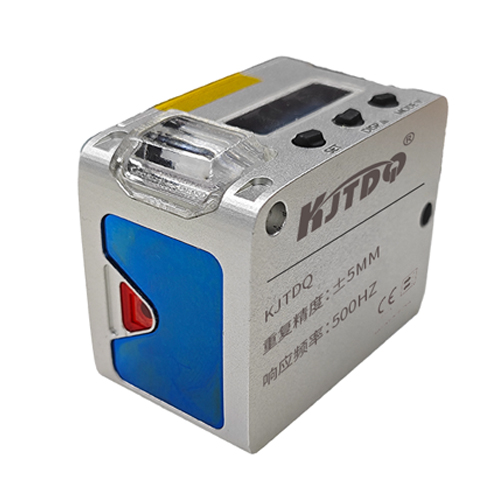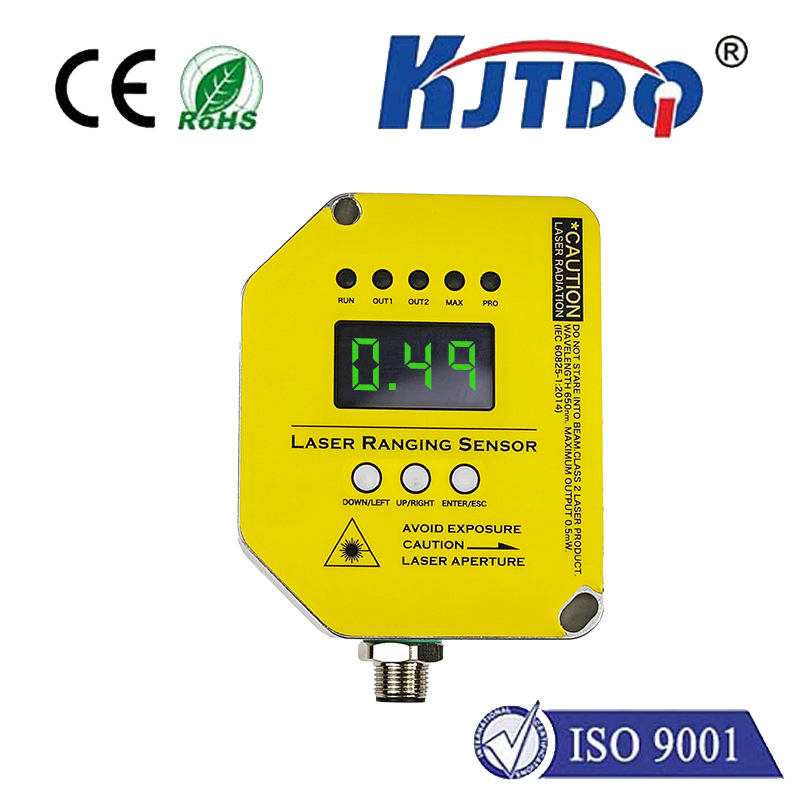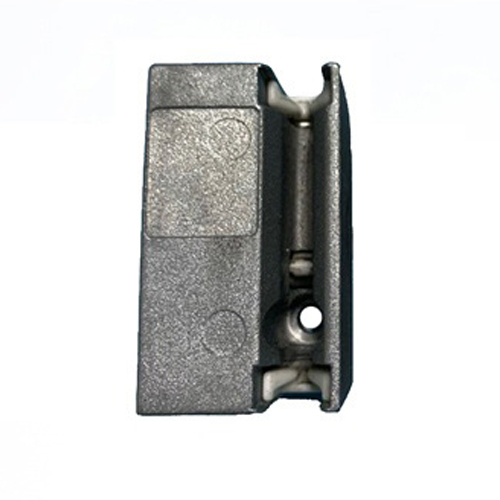laser range finder sensor
- time:2025-09-13 03:47:27
- Click:0
Laser Range Finder Sensors: Precision Measurement at the Speed of Light
Imagine measuring vast distances to a faraway object instantly, with pinpoint accuracy, and without physical contact. This isn’t science fiction; it’s the everyday reality enabled by the laser range finder sensor (LRF), a cornerstone technology revolutionizing countless fields. At its core, an LRF is a non-contact measurement device that uses the fundamental properties of light to determine the distance between itself and a target object. Its speed, precision, and versatility make it an indispensable tool in applications ranging from construction sites to autonomous vehicles.
How Does the Magic Work? The Core Principle
The fundamental principle underpinning virtually all laser range finder sensors is surprisingly elegant: measure the time it takes for a pulse of light to travel to a target and back. Since the speed of light (c) is a known constant (approximately 299,792,458 meters per second), distance (d) can be calculated using the simple formula:
d = (c * t) / 2
Where t is the measured time of flight.

This Time-of-Flight (ToF) method is the most prevalent technology in modern LRFs. Here’s a simplified breakdown of the process:
- Laser Pulse Emission: The sensor emits an intense, short-duration pulse of laser light, typically towards a specific target.
- Light Travel: The laser pulse travels through the atmosphere towards the target object.
- Reflection: A portion of the laser light reflects off the target surface.
- Detection: A highly sensitive photodetector within the sensor captures the returning reflected pulse.
- Timing & Calculation: Sophisticated electronic circuitry measures the precise time interval (
t) between the emission and detection of the pulse. Using the known speed of light, the distance is calculated instantly.
Some specialized laser range finders utilize an alternative method known as phase-shift measurement. This involves emitting a continuous wave laser beam (modulated at a specific frequency) and comparing the phase shift between the emitted and reflected waves. The phase difference directly correlates to the distance traveled. This method is often used for very high precision at shorter ranges.
Key Advantages Driving Adoption
The widespread adoption of laser range finder sensors is fueled by several compelling advantages:
- High Accuracy and Precision: Modern LRFs achieve remarkable accuracy, often within millimeters over hundreds of meters. This level of detail is crucial for applications like surveying, engineering, and manufacturing.
- Non-Contact Measurement: Measuring without touching the target is invaluable. It allows for safe assessment of hazardous objects (e.g., high-voltage equipment), measurement of moving targets, and prevents damage to delicate surfaces.
- Speed and Efficiency: Distance readings are obtained almost instantaneously, enabling rapid data collection essential for tasks like mapping, robotics navigation, and real-time monitoring.
- Long Range Capabilities: Depending on power and optics, laser range finders can accurately measure distances from centimeters to several kilometers, making them suitable for diverse applications.
- Compact Size and Integration: Advances in microelectronics and laser diode technology have led to highly compact, robust sensors that can be easily integrated into larger systems like drones, robots, surveying instruments, and industrial machinery.
Where Laser Range Finders Illuminate the World: Diverse Applications
The reach of the laser range finder sensor extends far beyond simply “measuring distance.” It provides critical spatial intelligence across numerous sectors:
- Surveying & Construction: Essential for land surveying, topography mapping, volume calculations (stockpiles), setting out points, monitoring structural movement, and ensuring building alignment with unparalleled precision.
- Robotics & Automation: Enabling autonomous mobile robots (AMRs) and drones to navigate complex environments, avoid obstacles, localize themselves, and perform tasks like bin picking or inventory management reliably and safely.
- Autonomous Vehicles: A critical component of LiDAR (Light Detection and Ranging) systems used in self-driving cars and advanced driver-assistance systems (ADAS). LRFs provide the foundational distance data needed to create real-time 3D maps of the vehicle’s surroundings.
- Industrial Automation & Quality Control: Used for precise positioning of robotic arms, measuring part dimensions on production lines, verifying object presence or absence, and monitoring assembly processes with high accuracy.
- Forestry & Agriculture: Crucial for timber cruising (measuring tree height/diameter), logging volume assessment, terrain mapping in rugged environments, and precision forestry management.
- Sports & Recreation: Powering golf rangefinders, hunting binoculars, archery scopes, and speed guns, providing athletes and enthusiasts with critical distance information.
- Archaeology & Conservation: Enabling non-invasive measurement and documentation of structures, artifacts, and landscapes without physical contact.
- Defense & Security: Used in target designation, ballistic calculations, perimeter security systems, and reconnaissance. Military-grade laser rangefinders are ruggedized and offer extended range capabilities.
Choosing the Right Laser Range Finder Sensor: Key Considerations
Selecting the optimal LRF requires careful consideration of your specific needs:
- Required Range & Accuracy: What’s the minimum and maximum distance you need to measure? What level of precision (e.g., ±1mm, ±1m) is critical?
- Measurement Speed: How frequently do you need distance readings? Some sensors offer kilohertz sampling rates.
- Target Properties: Does your target have low reflectivity (e.g., dark, dull surfaces, glass, liquids)? Specialized sensors or preprocessing may be needed.
- Environmental Conditions: Will the sensor be used outdoors? Consider resistance to dust, moisture (IP rating), and performance under strong ambient light or varying temperatures.
- Size, Weight, and Power (SWaP) Constraints: Important for handheld devices, drones, robots, and embedded applications.
- Interface and Connectivity: What output format (analog voltage, digital serial like UART/RS232, PWM, CAN) is needed? How does it integrate with your controller or system?
- Eye Safety: Laser rangefinders are classified based on potential eye hazard. Class 1 devices are generally safe under all conditions, while Class 3R (or higher) require careful handling to avoid direct eye exposure to the beam. Always verify the safety classification.
Advanced Capabilities & Future Trends
The evolution of laser range finder sensors continues, pushing boundaries:
- Enhanced Environmental Resilience: Improving performance in challenging weather conditions like fog, rain, or snow.
- Multi-Echo/Peak Detection: Ability to distinguish multiple returns within a single laser pulse (e.g., capturing distance through foliage or identifying multiple targets). This significantly enhances data richness.
- Eye-Safe Operation: Development of lasers operating at wavelengths (like 1550nm) that are inherently safer for human eyes, enabling higher power for longer range without increased hazard.
- Miniaturization: Continuous reduction in sensor size and power consumption, enabling integration into smaller platforms and wearables.
- Integrated Intelligence: Sensors incorporating onboard processing for data filtering, basic object detection, or direct output of filtered information.
The laser range finder sensor, born from the simple principle of timing light, has matured into a sophisticated and indispensable tool. Its ability to deliver fast, accurate, and non-contact distance measurements empowers innovation across an astonishingly broad spectrum of industries. As technology advances, making LRFs smaller, smarter, more resilient, and more capable, their role in shaping a more automated, measured, and data-driven future will only continue to grow brighter.






